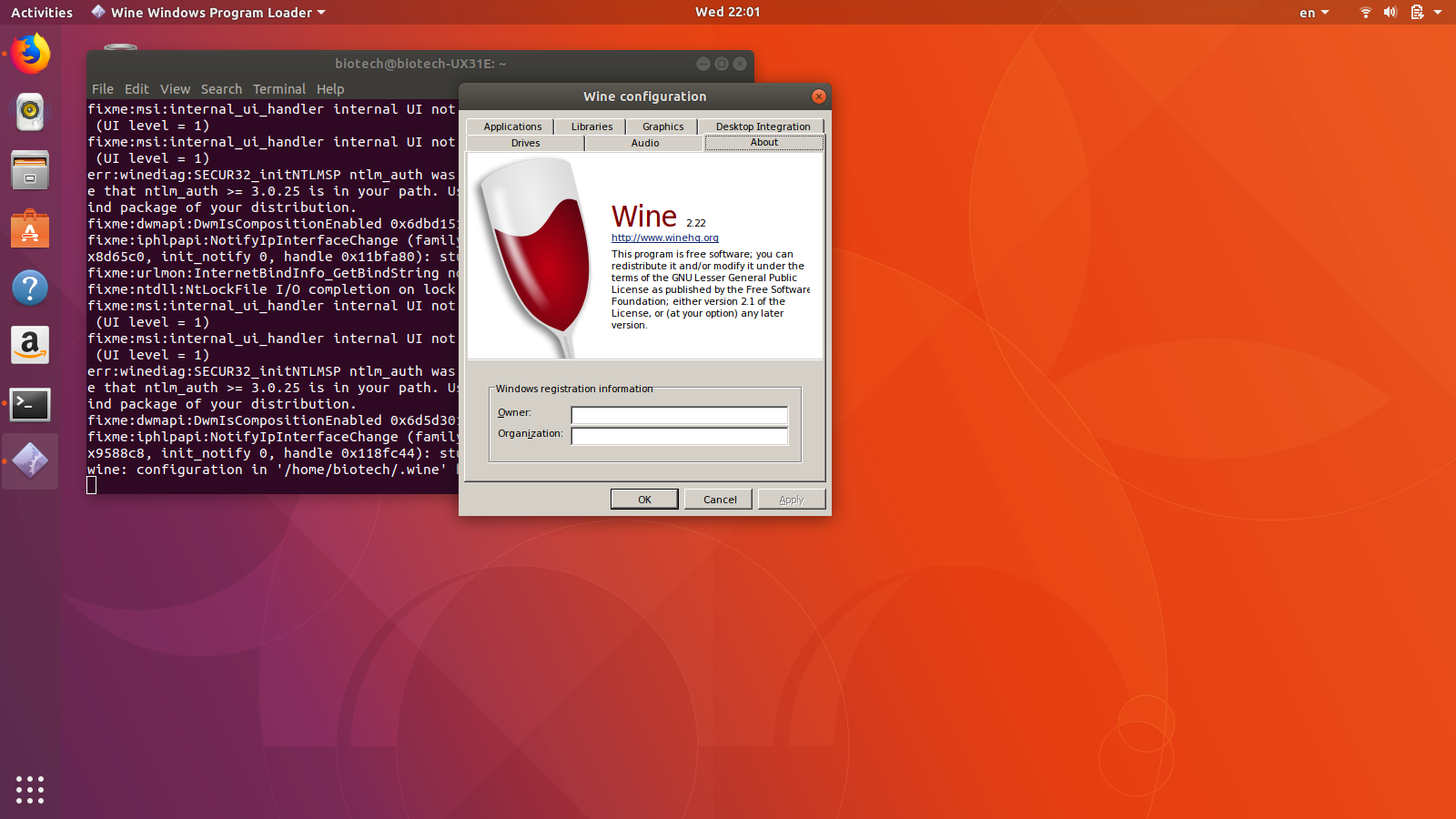

After Installing, then Wine needs to be configured.
#Wine emulator website software#
Ubuntu has Wine in the Ubuntu Software Center.
#Wine emulator website install#
To use ClamWin Portable with Linux first you have to install Wine. ClamWin Portable uses the virus definitions from the ClamAV Linux Anti-virus, which is used on servers to scan email for Windows, Macintosh, Linux and even Unix viruses. Wine plus the ClamWin Portable Anti-Virus is the answer to both the re-booting hassle and the lack of scanning for Linux MalWare. It wasn’t looking for Linux MalWare so I could have become infected even after all my precautions. It was inconvenient to reboot and had the bonus problem of only scanning for Windows MalWare.
#Wine emulator website how to#
Here is one application that’s a must-have for meīack in the days before I figured out how to use Wine I needed to re-boot into Windows in order to use the Windows Anti-Virus application to detect evil in my downloads. A link at the bottom of that page points to the Wine-Reviews Blog where you will find much more information about configuring Wine and fixing problems. Part of the WineHQ is a Database of Applications that run in Wine and are rated “Platinum”, “Gold” and “Silver” (the Wine Application Database). If there is some Windows software that you absolutely must have there is a really good chance it will run in Linux using Wine. Why would Wine actually be worth the trouble to install and configure it? What use is Wine? Better question for most because Linux now has plenty of good software. Wine being described as the “ Not an Emulator” Emulator…Does that sort of make sense now? Programs running in Wine can interact with the Linux environment. You can cut and paste from Wine Windows to Linux Windows – and back. Wine is part of the Linux Desktop Manager. The program “sees” a Windows file system even though the actual file system is far different.īecause the code of the Windows program natively runs in a Windows API and on your computer’s processor, the program will run very nearly as fast on Wine as if it were running in Windows. The program sees standard Windows APIs for video, sound and networking. With Wine what the program “sees” is a Modern Windows PC, without a single bit of actual Microsoft code involved.

There are versions of DOSbox for post-DOS Windows (NT and later) and Linux because those old DOS games can’t run on either. What the game or program “sees” is a standard DOS PC with Emulated old hardware with the old graphics cards (Tandy, Hercules, VESA) and antique sound cards like the original SoundBlaster or Gravis Ultra Sound. DOSbox allows you to run DOS applications like old games in a Emulated Environment. Wine is not an Emulator like DOSbox is, for example. So I went to the source: WineHQ to look it up. What is Wine and why is Wine “Not an Emulator”? I use Wine to run a Windows application that is a better fit for my purposes than what’s available for Linux.


 0 kommentar(er)
0 kommentar(er)
